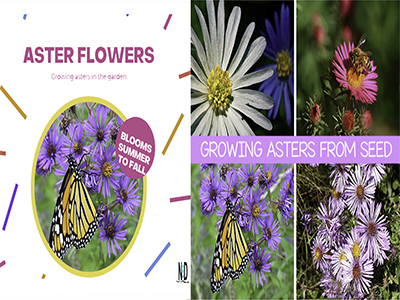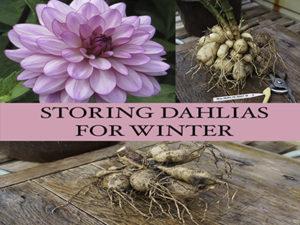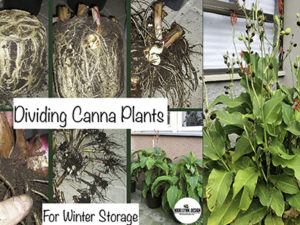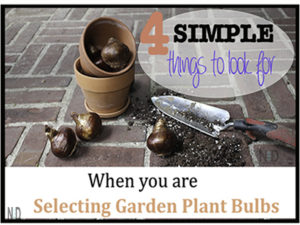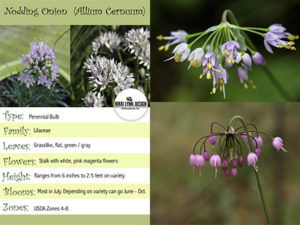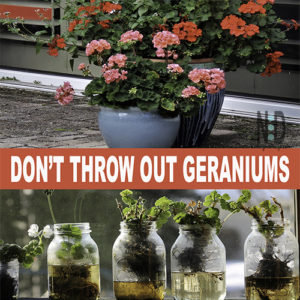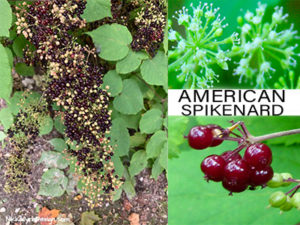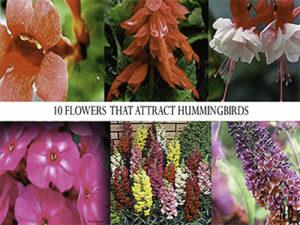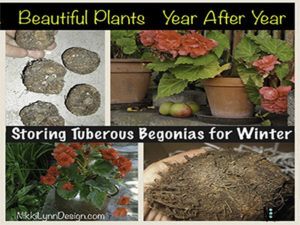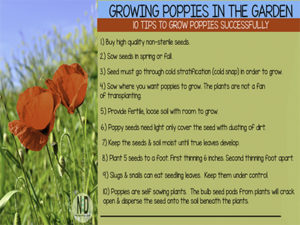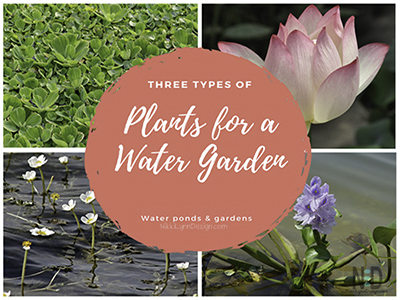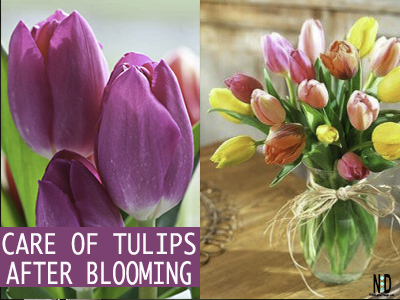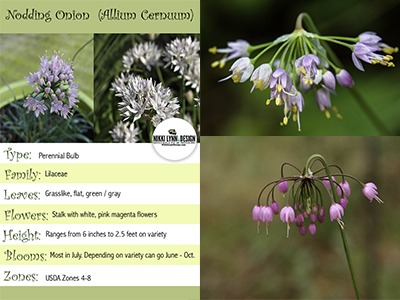Aster Flowers
Asters, as they are recognized today, are what has resulted from. the development and improvement of the China Aster. The real Asters are small, Daisy-like flowers, resembling the single-flowered China Aster and known in England as Michsehnas Daisies.
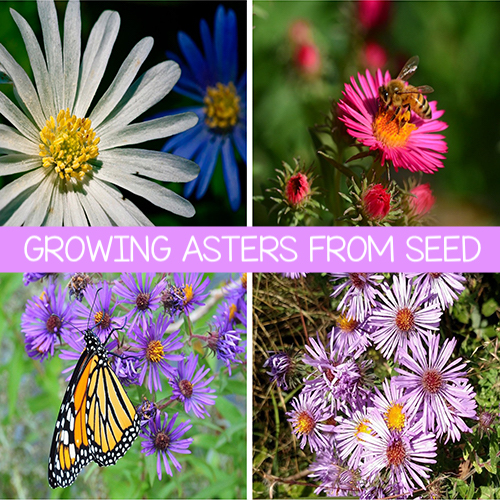
There are all sorts of types of China Asters, all of which have been improved from one single-flowered sort.
They are annuals in most parts of the country, with their profusion of bloom and color make a brilliant garden display, particularly in the Autumn when many annuals have stopped blooming.
Aster Overview
| Genus: | Aster |
|---|---|
| Family: | Asteraceae |
| Life cycle: | Perrienal or Annual depending on zone & variety |
| Origin: | China |
| Habitat: | Full to partial sun; in rich, moist well-prepared soil |
| Bloom season: | Mid-summer through early fall |
| Plant height: | 36 – 48 inches tall |
Varieties of Aster Flowers
Crego Aster
- China Aster ‘Crego’ has ostrich plume type petals which give it a shaggy appearance.
- Flowers come in shades of purple, deep rose, pink, violet, and white.
- Blooms from mid-summer through early fall, providing color when many annuals stopped blooming.
- Suitable for cutting, beds and borders, and the pollinator garden.
Blue Aster
- Grows as a perennial in USDA Zones: 4 – 8. It does best in full sun but can grow in partial shade areas and is extremely cold tolerant.
- Blue Aster flowers have large flower heads that bloom in different shades of blue throughout the summer and into early autumn.
- Perfect for rock gardens, flower gardens, or as a container plant. They will attract bees and other beneficial insects.
New England Aster
- New England Aster grows as a perennial in USDA Zones: 3 – 9.
- These wildflowers thrive in full sun and can adapt to a variety of soil conditions.
- Very hardy plant and have large purple blooms that are deer resistant and will last from late summer to fall.
- Perfect wildflower for any flower garden or meadow, growing anywhere from 36 – 48 inches tall they also make wonderful cut flowers.
Apricot Peony Aster
- Grown as an annual in USDA Zones: 3 – 9. It does best in full sun to partial shade areas.
- Reaches a height of 28 inches tall, with long stems and large flowers, it is the perfect flower for your cutting garden or border.
All varieties of asters are the perfect food sources for late pollinators like butterflies, moths & skippers, caterpillars, and the declining honey bee population.
Starting Aster Seeds
The seeds of asters may be started in the hotbed or window in March. For late Summer and Autumn, flowers sowings may be made in the open ground in April or May.
Vigorous growth is encouraged by two transplantings. When the seedlings are large enough to handle, transfer to flats or beds.
Transplant again when the plants are three or four inches high, setting them where they are to bloom.
1.) Plant twelve to fifteen inches apart; the branching sorts need more room to develop.
2.) The bed must be in full to partial sun with rich, moist soil.
3.) Wood ashes or slaked lime incorporated in the soil will do much to prevent root and stem diseases it will also cut down on blister beetle visitors to which asters are prone to.
Sharing Is Caring. Pin Me.
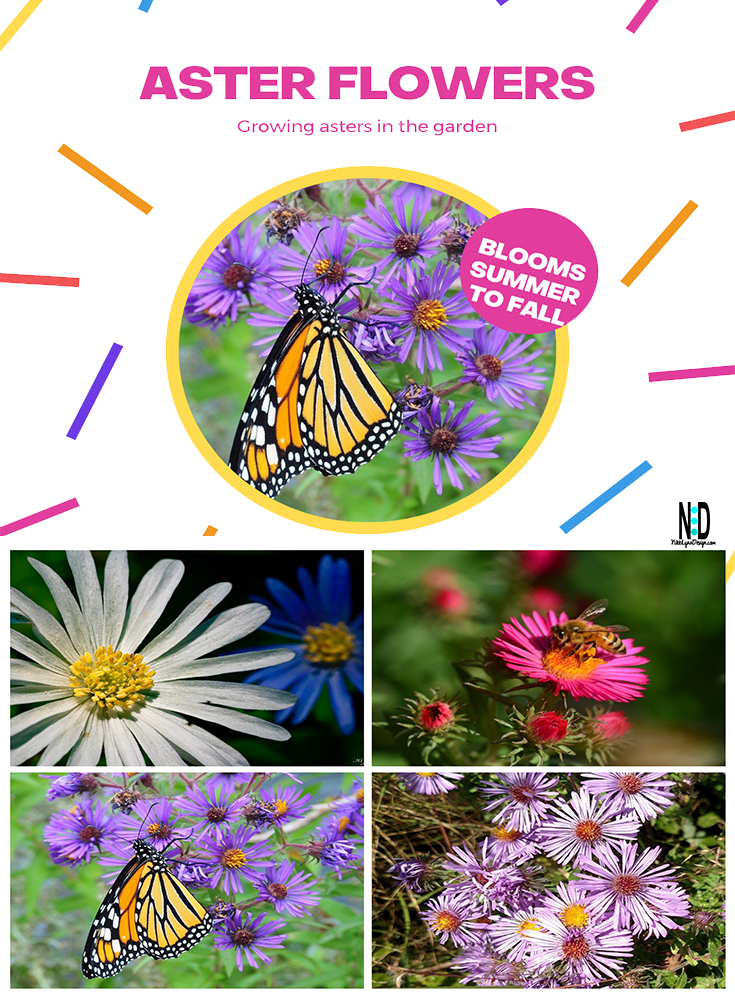
AFFILIATE POLICY: Posts on this site may contain links to outside vendors that pay me a commission when you purchase from them, at no additional cost to you. Thank you for supporting this site!
